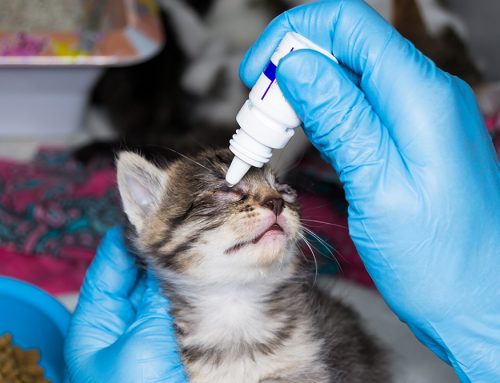What is a Pelvic Fracture?
A pelvic fracture is a break or crack in the bones of the pelvic region, which includes the ilium, ischium, and pubis. This type of injury can result from trauma such as car accidents, falls, or severe impact injuries. Pelvic fractures are particularly concerning because they can affect the stability of the pelvis and potentially damage nearby organs and tissues.
Symptoms of Pelvic Fractures
Pets with pelvic fractures may exhibit the following symptoms:
- Pain or discomfort: Pets may show signs of pain, such as whimpering, reluctance to move, or guarding of the affected area.
- Limping or difficulty walking: There may be noticeable difficulty in movement or a limp.
- Swelling or bruising: Swelling or bruising may be visible around the pelvic area.
- Abnormal posture: The pet may adopt unusual postures or positions to minimize pain.
- Loss of appetite: Reduced interest in food or water can be a sign of distress or pain.
Diagnosis
A veterinarian will diagnose a pelvic fracture through a combination of:
- Intermittent Lameness: The affected dog may occasionally limp or hold the leg up.
- Difficulty Walking: The dog may show discomfort or difficulty in walking or climbing stairs.
- Knee Buckling: The knee may appear to buckle or snap out of place during movement.
- Abnormal Gait: A noticeable change in the way the dog walks, often with a “skipping” motion.
Diagnosis:
A thorough physical examination by a veterinarian is crucial for diagnosing patella luxation. Diagnostic tools may include:
- Physical Examination: The vet will assess the pet’s overall condition and look for signs of pain or discomfort.
- Imaging: X-rays or other imaging techniques such as CT scans may be used to visualize the extent and type of fracture.
Treatment Options
The treatment for pelvic fractures depends on the severity and type of fracture:
- Conservative Management: For stable fractures, treatment may involve rest, pain management, and supportive care. This includes restricted activity and possibly the use of medications to manage pain and inflammation.
- Surgical Intervention: In cases of severe or unstable fractures, surgery may be required to realign the bones and stabilize the pelvis. Surgical options may include plating, pinning, or other methods to ensure proper healing.
- Rehabilitation: Post-treatment, physical therapy and rehabilitation exercises may be recommended to restore mobility and strength.
Recovery and Care
Recovery from a pelvic fracture typically involves:
- Follow-Up Visits: Regular check-ups with the veterinarian to monitor healing progress.
- Activity Restriction: Limiting physical activity to prevent further injury and ensure proper healing.
- Pain Management: Administering prescribed pain relief medications as directed by the veterinarian.
- Physical Therapy: Engaging in recommended exercises to promote recovery and improve mobility.
When to Seek Emergency Care
If your pet shows signs of a possible pelvic fracture, such as sudden lameness, severe pain, or difficulty moving, it is crucial to seek immediate veterinary care. At Mission Veterinary Clinic, we provide urgent care and are equipped to handle such emergencies.
Contact Us
For urgent care regarding pelvic fractures or other emergencies, visit us at:
Mission Veterinary Clinic
16915 San Fernando Mission Blvd,
Granada Hills, CA 91344
Phone: 818-363-8143
We operate on a walk-in basis and do not take appointments. Our facility is open from 9 AM to 11 PM, 7 days a week.
For more information, visit our website at missionvet.com.
If you have any specific questions or need further assistance, please feel free to contact us directly.










Leave A Comment